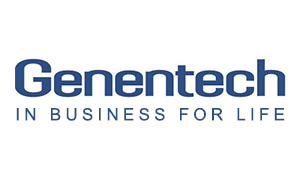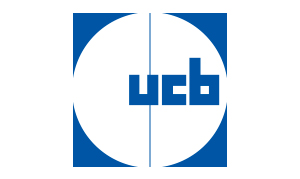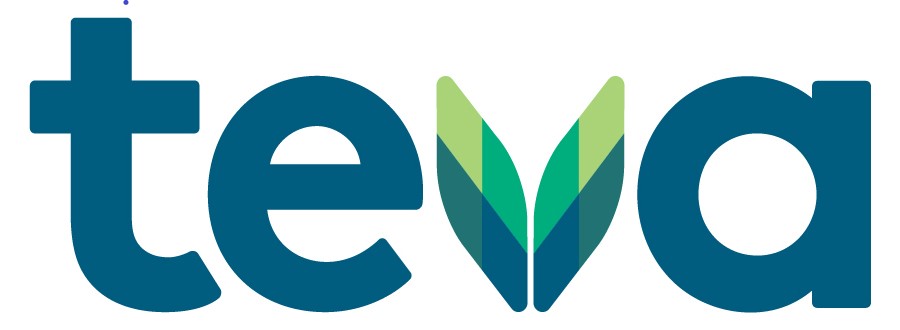Regular staff meetings are an integral part of effective employee communication.
They are an excellent opportunity to engage with employees and keep them motivated. However, we’ve all sat through bad meetings. A lot is said, but nothing gets accomplished, and when executed poorly, they can be a massive waste of everyone’s time.
Fortunately, running effective meetings that engage your employees can be achieved. Incorporate these strategies so that your next meeting will empower your employees, inspire more remarkable performance, and align your team to your medical practice goals.
Set clearly defined goals.
Without a clear and defined agenda, team meetings can head down a proverbial black hole. To avoid this, set a well-outlined agenda for the meeting so that your employees know what to expect.
Remember to keep time, stay on topic, and follow through with the schedule — don’t let all that pregame planning go to waste.
Break up the monotony.
Staff meetings have a reputation of being repetitive, pointless, and boring. Break that stereotype by making your staff meetings more exciting. When employees are not looking forward to a meeting, they are less likely to be attentive.
Rethinking different aspects can break up the monotony and help you design a more engaging meeting. Introduce new things to get your staff excited and keep them engaged. Some things you can try include:
- Start the session with a quick game or icebreaker.
- Bring in snacks.
- Invite a guest speaker
- Take the discussion to a place other than the conference room.
Whatever you do, keep it fresh.
[Need more staff productivity tips? Click here!]
Designate a leader.
Have a rotating system where everyone takes turns leading your meetings. This approach will keep things fresh, and employees will appreciate meetings more. They also feel like they’re part of these meetings and, in turn, be more invested.
Empower employees to participate.
One reason team members are not taking part in meetings is that they do not understand its purpose. The intention of staff meetings should be relevant and known to all staff. This will encourage them to participate in the discussions and be involved in the decision-making.
Give everyone a chance to get involved in the discussion. If the team is encouraged to participate, they will be excited about the process.
Stay positive.
Begin staff meetings with something positive that brings everyone together and gets them into the right mindset for a productive session. When team members feel positive, they will be more creative, open, and constructive.
Start your meeting by recognizing an accomplishment, telling a funny story, or celebrating an employee’s work anniversary.
Set a timer.
One of the biggest complaints about staff meetings is that they take up too much time. The fix to this is simple, set a timer. Once the timer goes off, the meeting must be over.
Setting a strict time limit makes staff feel more comfortable as they know hours will not be wasted. It also creates a feeling of urgency, which will keep everyone on track and make the meeting more effective.
Clear communication is an integral part of every business, so staff meetings are a must. Consistent and effective staff meetings will have a positive impact on your practice if done correctly. If defined goals are set, and the vibe is high energy and positivity, your staff will be ready to do something meaningful. Use meetings wisely, and they can be a great business tool.
Do you have any staff meeting strategies that work well for your team? If so, let us know on our Facebook page!
Tags: medical office management, medical offices, national organization of rheumatology managers, NORM, office management, rheumatology, staff meetings Posted by











